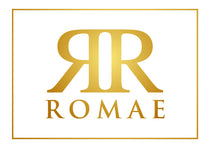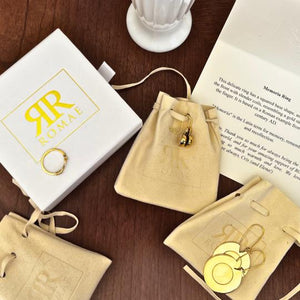Aesop's Fables Owl Medallion
Aesop’s classic fable "The Owl and the Birds" tells of a wise old Owl who sat apart in the trees, listening, and noticing things the others overlooked. Once, the Owl warned the other Birds that men were cutting trees to make bows and planting flax to weave nets, and that these things would one day be used to hunt them. The Birds laughed at her warnings and paid no attention. But when hunters later came with bows and nets, many Birds were caught, and only then did they realize the Owl had been right all along. This fable reminds us that we should listen to wise advice before it is too late. Our medallion captures the story’s charm and wisdom, as well as its important message: The back features the Greek word ΠΡΟΝΟΙΑ, or "foresight," which is the essence of the moral of Aesop's tale.
Our medallion is based on an ancient coin from Athens, Greece, and is one of the most recognizable among ancient coins, today. In ancient times, Athens was perhaps the intellectual and cultural heart of the ancient Greek world. In the 5th century BC, it pioneered democracy, philosophy, theater, and the arts, producing thinkers, statesmen, and writers whose influence endures to this day. Athens combined political innovation with cultural achievement, establishing standards that shaped Western civilization.
Greek cities often featured symbolic animals on their coins. The iconic Athenian owl was a powerful symbol of the city and its values. Sacred to Athena, the goddess of wisdom and protection, the owl represented intelligence, vigilance, and foresight—qualities Athens prized in politics, philosophy, and war. Beyond its cultural meaning, the owl signified civic pride and identity, making Athenian coins instantly recognizable across the Greek world.
Known as the Athenian tetradrachm, the "owl coin" was first minted around 510 BC, after the establishment of Athenian democracy under Kleisthenes. It features the owl of Athena on the reverse or back, seen in profile with its head facing frontally. Above the owl's back is an olive twig with two leaves, and in front of him the letters ΑΘΕ—an abbreviation of ΑΘΗΝΑΙΩΝ, meaning "of/by the Athenians." The obverse or front shows the head of Athena, symbolizing wisdom and civic pride. By featuring the owl alongside Athena’s head on the coin, Athens connected its currency to divine guidance and favor, wisdom, and protection.
The owl design was widely used throughout the 5th century BC, the height of the classical period in Athens—and was therefore tied to Perikles and his entire impressive building program on the Acropolis, including the famous Parthenon. The coin was thus not only a standard of Athenian currency, but a practical symbol of Athenian prosperity. This particular medallion is based on a silver Athenian tetradrachm dating to around 415 BC.
Our medallion may be worn as a necklace or as a bracelet. It comes with a 22" brown leather cord, as well as your choice of a children's or adult's translated version of a book of Aesop's Fables.







